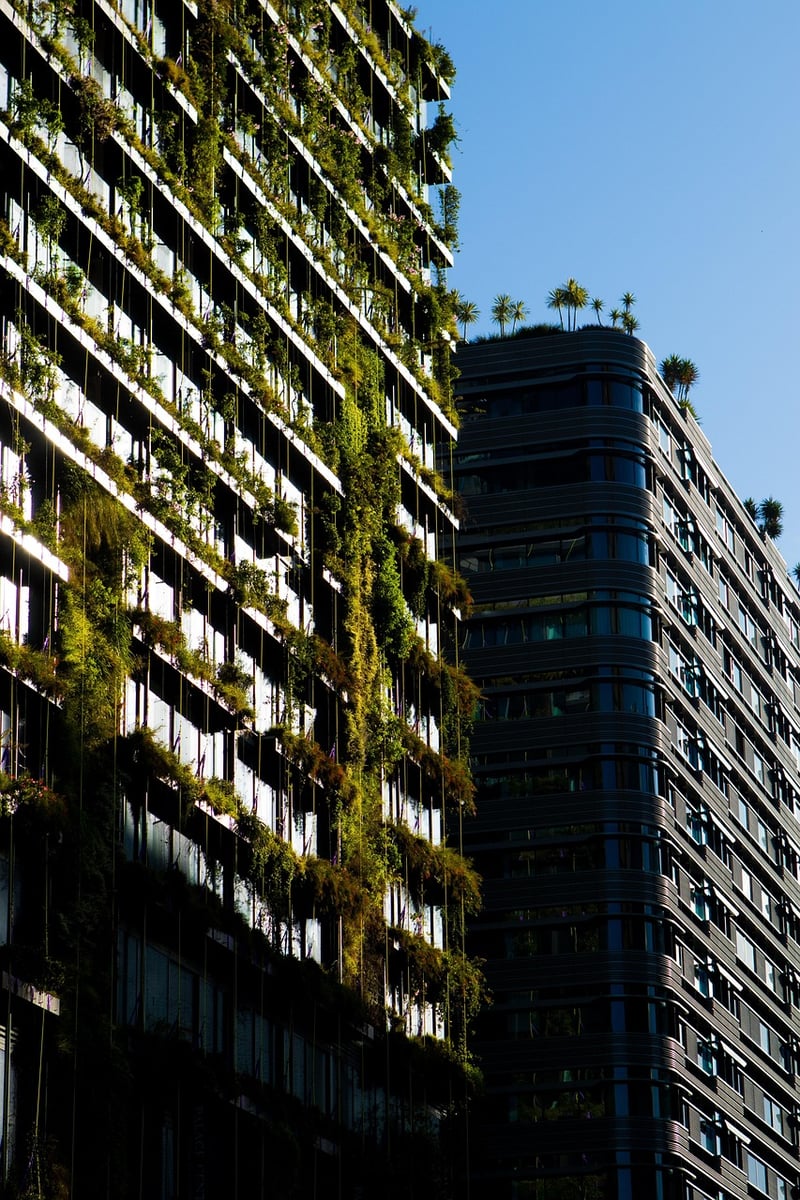Light Requirements
Creating Visually Appealing Vertical Gardens
Introduction
Vertical gardens are a fantastic way to bring greenery into urban spaces where traditional gardens might not be feasible. They not only add beauty but also provide numerous environmental benefits. In this article, we will explore how to create visually appealing vertical gardens that will enhance any space.
Choosing the Right Plants
When selecting plants for your vertical garden, consider factors such as light requirements, water needs, and the overall aesthetic appeal. Opt for a mix of trailing, compact, and tall plants to create a visually interesting display. Some popular choices for vertical gardens include ferns, succulents, herbs, and air plants.
Light Requirements
Light is crucial for the success of any garden, including vertical gardens. Different plants have varying light requirements, so it's essential to choose plants that will thrive in the available light conditions. Here are some common light requirements:
Low Light Plants
- Pothos
- Spider Plant
- Peace Lily
Medium Light Plants
- Philodendron
- English Ivy
- ZZ Plant
High Light Plants
- Succulents
- Herbs like Basil and Rosemary
- Flowering Plants like Geraniums
Tips for Success
To ensure your vertical garden thrives, here are some essential tips:
- Choose a sturdy structure that can support the weight of the plants and soil.
- Use a high-quality potting mix that retains moisture but drains well.
- Water your vertical garden regularly, ensuring that all plants receive adequate moisture.
- Monitor plant growth and trim as needed to maintain the desired shape and size.
Conclusion
Vertical gardens are a creative way to add greenery to any space, whether indoors or outdoors. By selecting the right plants and understanding their light requirements, you can create a visually appealing vertical garden that will be a stunning focal point in your home or office.

